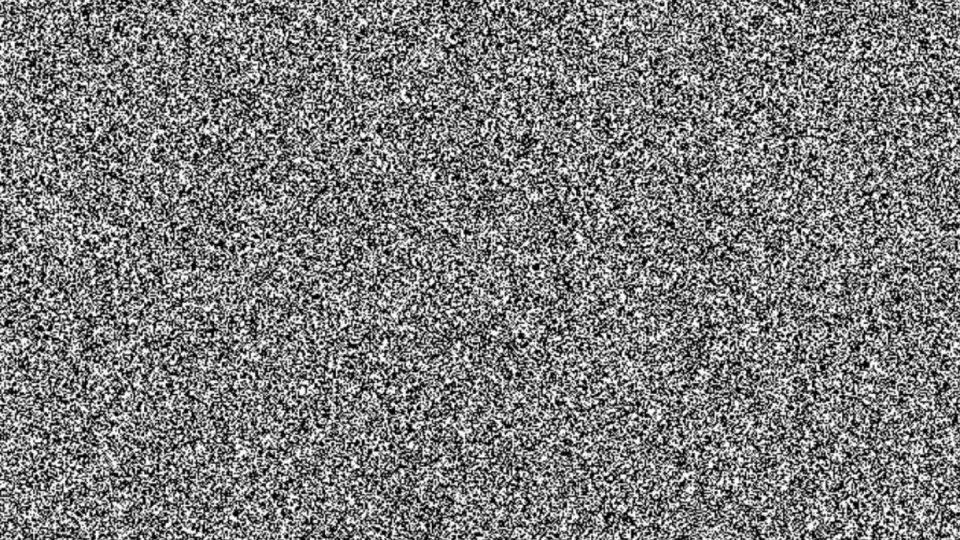Noise: White, Pink, Brown, etc. – What’s the Difference?
There are scenarios and situations in your music production career in which you’ll encounter unwanted noise in your recordings and will need to find clever ways to minimize it, and maybe you’ll come across the desire to use different types of noise in your recordings – whether that be from an audio engineering standpoint, or a more creative sound design perspective, the purpose of this post is to explore the different types of noise, their applications, and how you might want to utilize them in your productions.
Understanding noise
In audio engineering and music production, noise usually refers to an unwanted hissing, buzzing or static sound that’s present in an audio recording. This type of noise is normally caused by electrical interference, faulty/imperfect recording equipment or environmental factors. In a lot of cases, this kind of noise is undesirable and can degrade the quality of an audio recording and reduce its clarity, so we tend to strive for the minimisation of the presence of noise and preserve signal integrity. In some cases, noise is a crucial tool that can help to breathe life into sound design, or come in as a handy psychoacoustic tool. Either way, understanding the very nature of noise is necessary for sound design, mixing and mastering processes.
White Noise

White noise can be defined as a noise that contains all frequencies with equal intensities, which gives it the characteristic of a steady hissing sound. In a music production setting, it’s commonly used for masking other sounds, and as a sound design element for ambiences, risers & percussion.
Pink Noise

Pink noise can be defined as a noise that features decreasing energy per octave as frequency increases. This results in a softer, warmer sound than that of white noise. Usually you can find white noise being used in audio testing, sound masking and for music production, due to it’s balanced frequency distribution and pleasant qualities.
Brown Noise

Brown noise, sometimes known as red noise, features a more rapid decrease in energy per octave than pink noise, giving it a deep rumbling characteristic. Commonly, brown noise is used for the frequency masking of low-frequency sounds (traffic/thunder), and is also used commonly in relaxation therapy.
Other types of noise
There are also several other types of noise with unique characteristics and applications. These include blue noise (increasing energy per octave), violet noise (emphasising high frequencies), and grey noise (flat frequency response).
Comparing and contrasting
Each type of noise has its distinct frequency distribution and perceived qualities, making them suitable for different purposes in audio engineering and music production. White noise is ideal for masking and ambience, pink noise for testing and sound masking, and brown noise for relaxation and low-frequency masking.
Practical applications
Experimenting with different types of noise can yield creative results in sound design, mixing, and mastering. For example, layering white noise with percussive elements can add texture and depth to a track, while blending pink noise with melodic elements can create a sense of warmth and cohesion.
In audio production, noise can be used to mask imperfections or unwanted artefacts in recordings. For instance, white noise can be added to a track to cover up background noise or hiss, while pink noise can be used to smooth out frequency response during audio testing or calibration.
Conclusion
Understanding the differences between various types of noise is crucial for achieving desired sonic results in audio production. Whether used for masking, ambience, or creative enhancement, each type of noise offers unique qualities that can be harnessed to elevate a music production. By experimenting with different types of noise, audio engineers and music producers can unlock new creative possibilities and enhance the overall listening experience.
Remember – RouteNote Create subscriptions start from as little as $2.99. You also get 10 FREE credits to spend on samples along with access to our FREE sample pack bundle when you sign-up
